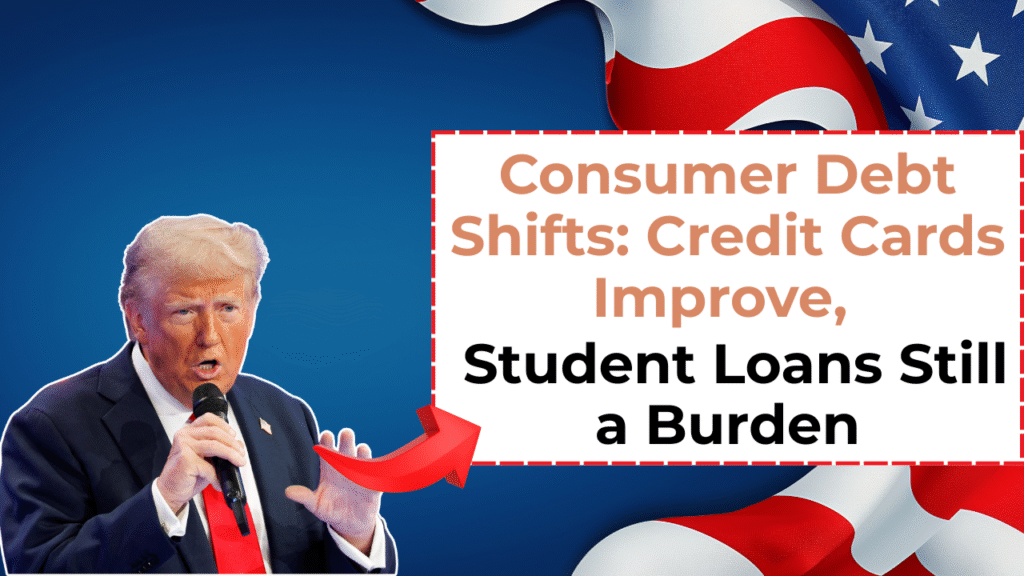Introduction
In recent months, data shows a positive trend for American consumers as credit card debt levels have decreased. However, a growing concern remains: past-due student loans continue to weigh heavily on many borrowers’ credit scores. This mixed financial picture highlights both progress and ongoing challenges in the nation’s household debt landscape.
Decline in Credit Card Debt
According to recent reports from financial analysts and consumer credit tracking agencies, American credit card balances have shown a notable decline. The reduction in revolving credit card debt is partly attributed to improved spending habits, increased savings, and efforts by consumers to pay down high-interest debt.
The Federal Reserve Bank’s latest data reveals that revolving credit card debt fell by several billion dollars in the last quarter, signaling that consumers might be more cautious with their discretionary spending or actively managing their debt load. This trend is encouraging for the broader economy, as it suggests consumers are gaining better control over their finances amid inflationary pressures and economic uncertainty.
The Burden of Student Loan Debt
Despite this positive development in credit card debt, the student loan crisis remains a significant issue. Millions of Americans are struggling with past-due student loans, which are having a lasting negative impact on their credit scores and overall financial health.
Student loan debt in the U.S. has ballooned to over $1.7 trillion, affecting more than 45 million borrowers nationwide. Unlike other forms of debt, student loans often have more complicated repayment options and consequences for missed payments. When borrowers fall behind, their credit scores can suffer, limiting access to other types of credit and increasing the cost of borrowing.
One critical factor is that student loans often stay on credit reports longer than other debts, and delinquency or default can linger for years. Many borrowers report that their credit scores remain suppressed due to the difficulty in managing these loans, even if they are current on payments now.
Credit Scores and Financial Well-Being
Credit scores play a crucial role in Americans’ financial well-being. A strong credit score opens doors to favorable interest rates on mortgages, auto loans, and credit cards, while a poor score can lead to higher costs and even denials for essential credit products.
The Consumer Financial Protection Bureau (CFPB) emphasizes that past-due student loans are one of the top contributors to credit score declines among young adults. This demographic often faces the double challenge of starting their careers with significant debt and managing repayment while building their financial foundation.
Moreover, poor credit scores resulting from student loan delinquencies can exacerbate economic inequality by limiting opportunities for homeownership and wealth accumulation among affected borrowers.
Government Efforts and Resources
Recognizing the challenges posed by student loan debt, federal and state agencies have implemented various programs aimed at easing the burden on borrowers. The U.S. Department of Education offers income-driven repayment plans, loan forgiveness programs for qualifying public service employees, and temporary relief options during economic hardships.
Additionally, the federal government’s COVID-19 pandemic relief measures included a pause on student loan payments and interest accrual, providing temporary financial respite for millions of borrowers.
To navigate student loan repayment and understand available options, borrowers can visit official government websites that provide guidance and tools:
- U.S. Department of Education’s Federal Student Aid website offers comprehensive resources on repayment plans and loan forgiveness programs.
- The Consumer Financial Protection Bureau provides educational materials and assistance for managing student debt and improving credit health.
What Can Borrowers Do?
For borrowers struggling with past-due student loans, there are several steps to help mitigate the impact on their credit scores:
- Communicate with Loan Servicers: Staying in touch with loan servicers can help identify alternative repayment plans or deferment options.
- Explore Income-Driven Repayment Plans: These plans adjust monthly payments based on income and family size, making payments more manageable.
- Consider Loan Rehabilitation: For borrowers in default, rehabilitation programs can remove default status and improve credit reports.
- Monitor Credit Reports: Regularly checking credit reports for accuracy and disputing errors can protect credit scores.
- Seek Professional Advice: Credit counselors and financial advisors can assist in creating tailored repayment strategies.
The Bigger Picture
While the drop in credit card debt is a promising sign of improved consumer financial management, the student loan debt crisis remains a formidable barrier to many Americans’ financial progress. It underscores the need for continued policy attention, borrower education, and innovative repayment solutions.
Financial experts advocate for more widespread access to financial literacy programs and reforms to student loan policies to prevent future borrowers from facing similar long-term challenges.
Conclusion
The recent decline in Americans’ credit card debt offers hope for a healthier financial future for many households. However, the persistent drag of past-due student loans on credit scores reminds us that not all debts are equal, and some have far-reaching consequences on individuals’ economic mobility.
Addressing the student loan challenge requires combined efforts from policymakers, lenders, and borrowers themselves. With the right tools and support, it is possible to improve credit outcomes and foster stronger financial resilience across the nation.




